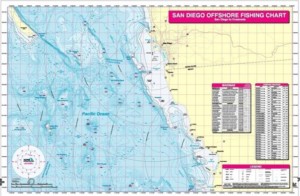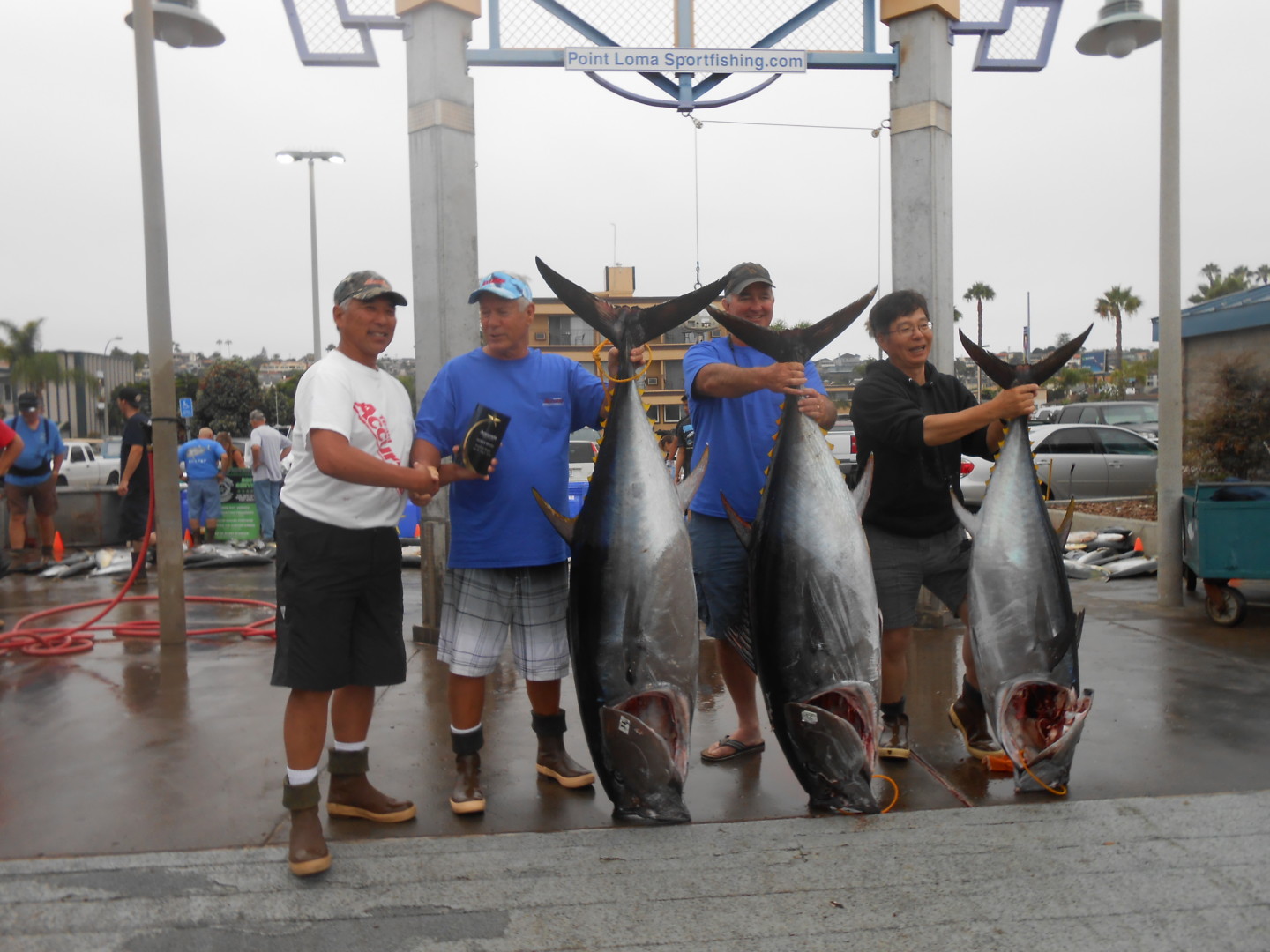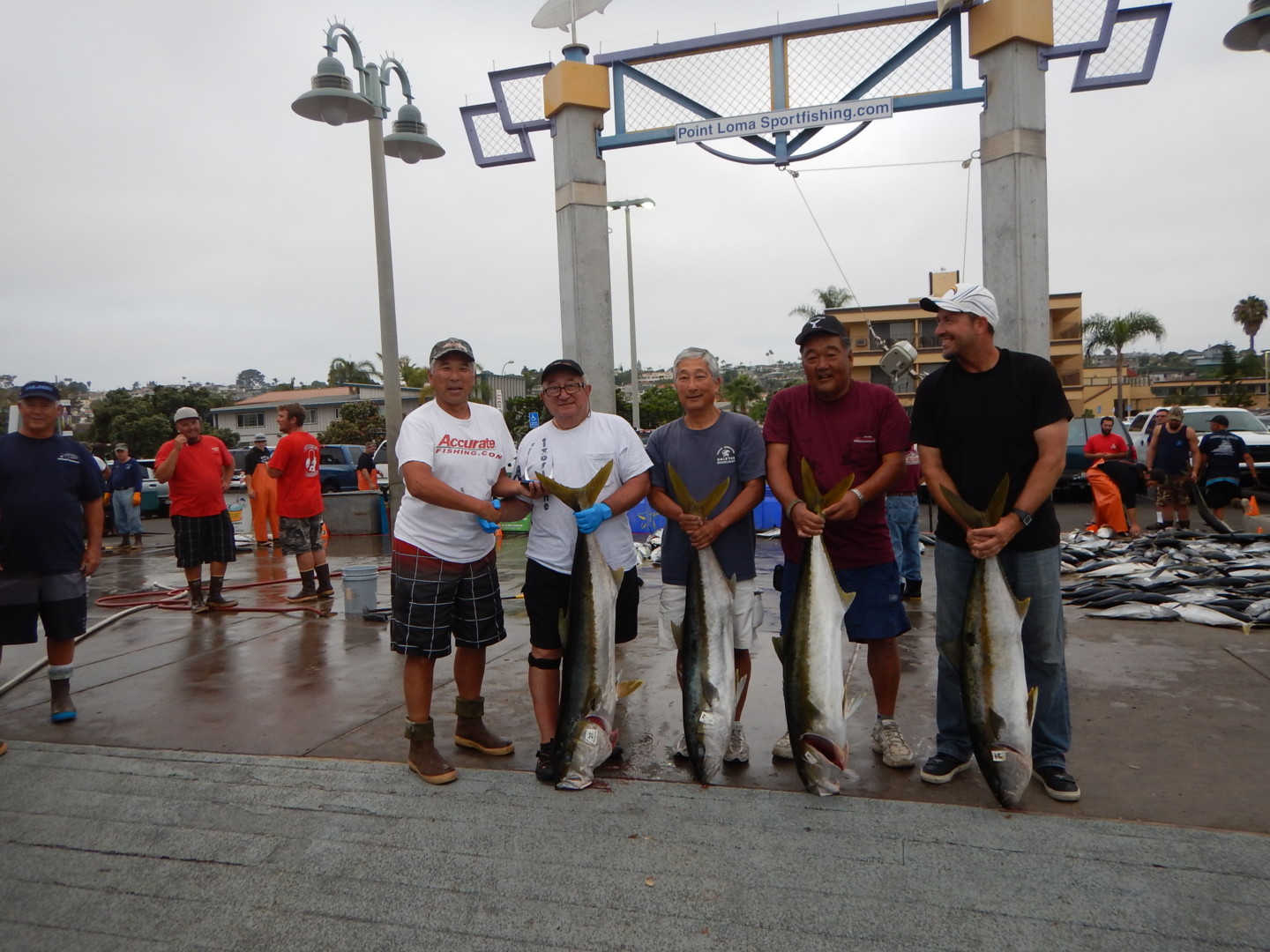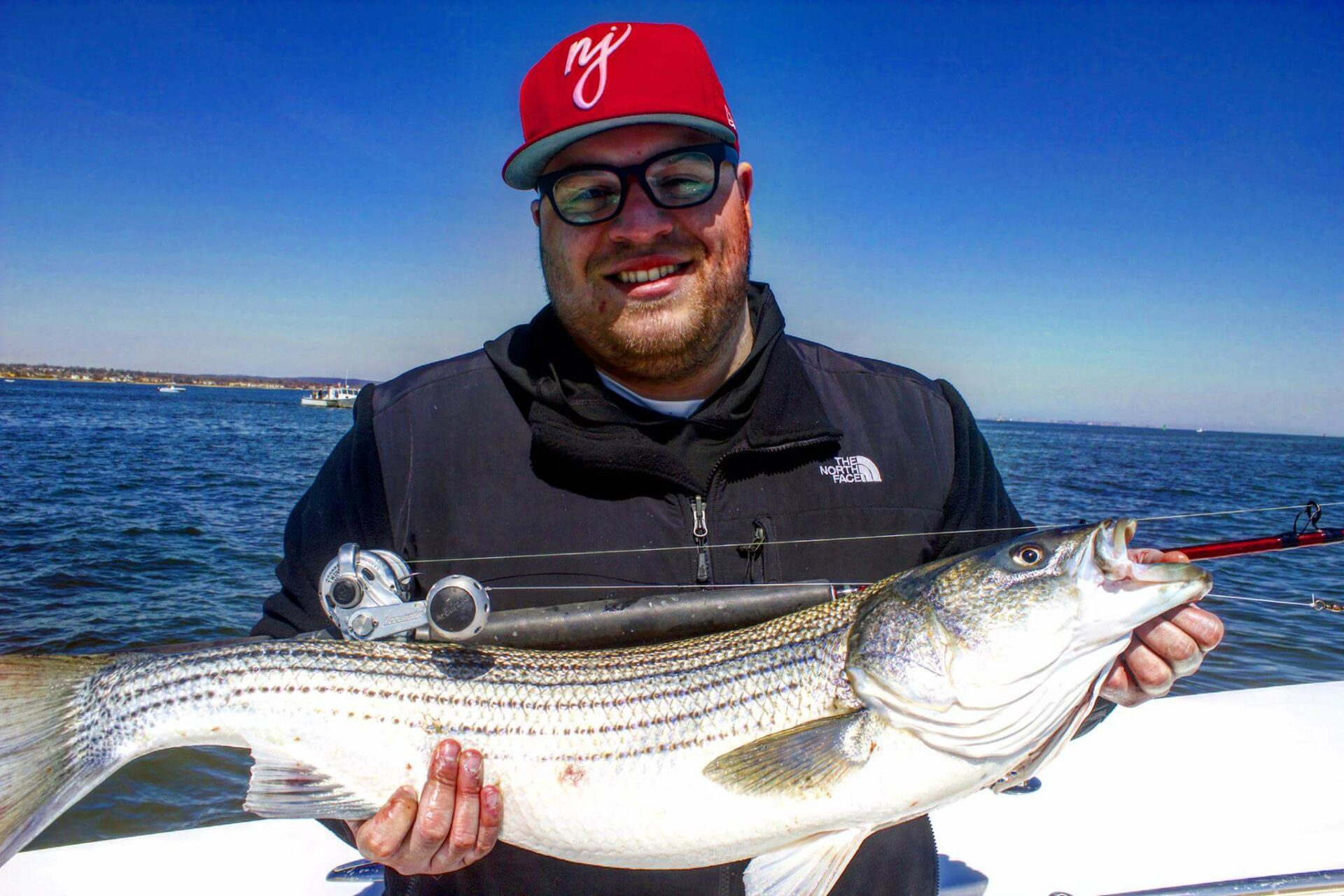Catch more Fish: Prior Planning for Proven Performance
This blog outlines preparation for a basic weekly trip. The size of the fish and tackle might change, but the general process of preparation for the trip is consistent. If you create a list, post it somewhere that you will see it while preparing for your trips, and it will become part of your weekly regiment. Most of this seems pretty basic, but you would be surprised on how many fishermen miss things, and it could be small, but the one thing that could make the trip a success. We have added some basic tips that are food for thought at the end that will help you catch more fish.

Information: It is super important to gather information on what is going on in your local waters. The internet is the best resource for information to see what is going on locally. Depending on where you live, there are local internet sources to join that can supply you with daily fishing information. A couple good examples are FishDope, Roff’s, and FishTrack, there are also others with chat rooms like Bloody Decks, Noreast, and 360Tuna.

Another great way to gather information is checking the local landings’ daily fish counts. This will give you an idea of what’s happening on the water and current location of fish. Hit the URL for an example.
The other reliable information source is developing or joining a code group of guys to share fishing trip information with. You can develop groups by attending local fishing meetings, talking to people in chat rooms, and fishing with people on other boats. This is a give and receive relationship. Make sure the information being shared is accurate and helpful. Serious fishermen are pretty tight lipped, so it takes time to gain trust. Be smart and listen carefully using your own judgment in the end regarding validity. If people are on fish and choose to share their information with you, keep it in confidence. There is nothing worst than finding a bite, sharing the information, and finding a dozen boats on your spot. A common expression among core anglers is “Loose lips sink ships”.
If you fish frequently, it’s not a bad idea to keep a fishing journal of your trips. Put key information like time of year, date, conditions, location of fish(on structure, in transit), artificial versus bait, current, water temp, tides, moon phase, time of day, and tackle used including line test. The journal helps you better understand seasons, year to year bites, weather effects on bites, etc, and the more information you log, the more data you have to make good decisions in the future that could catch you more fish.
 Preparation: If you have your own boat, the checklist is pretty routine. Just remember, common sense plays a big part in your decisions. Check the weather in your local area(sample click weather) or whereever you will be fishing so you are aware of conditions. Safety is your first priority, so make sure you understand the weather. Check it the night before and the morning of your trip to confirm. Weather can change quickly, so make sure you are safe. Try to learn prevailing winds in your area, and understand swell direction as it pertains to where you are fishing. It’s real important to understand your surroundings, especially inshore when fishing in shallower water.
Preparation: If you have your own boat, the checklist is pretty routine. Just remember, common sense plays a big part in your decisions. Check the weather in your local area(sample click weather) or whereever you will be fishing so you are aware of conditions. Safety is your first priority, so make sure you understand the weather. Check it the night before and the morning of your trip to confirm. Weather can change quickly, so make sure you are safe. Try to learn prevailing winds in your area, and understand swell direction as it pertains to where you are fishing. It’s real important to understand your surroundings, especially inshore when fishing in shallower water.
Local charts (click for sample)will have shallow/hazardous spots listed. It’s always better to be safe than sorry. Buy your local fishing charts at a fishing store near you. These charts contain all the suggested fishing areas with GPS coordinates which will make your fishing faster and easier in the long run. There are also annual tides charts with moon phases listed which can help you plan to fish those days when the tides and lunar phases look right.
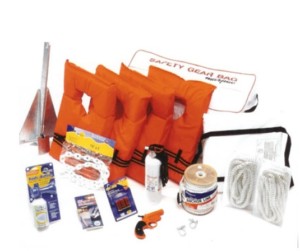 Safety equipment (click for example)is very important. Make sure you have life vests for everyone on the boat, flares, fire extinguisher, and the rest of the coast guard required equipment stored at an accessible place on the boat. Make sure your radio is in working order. Once on the water, get a radio check so you know you are transmitting and receiving. Running lights are sometimes the first things to corrode, so check them prior to hitting the water. Make sure you leave someone with an itinerary of what you are doing for the day. Let people know where you are just in case. Bigger boats have life rafts and EPIRBS, know where they are located so you can react to any possible scenarios.
Safety equipment (click for example)is very important. Make sure you have life vests for everyone on the boat, flares, fire extinguisher, and the rest of the coast guard required equipment stored at an accessible place on the boat. Make sure your radio is in working order. Once on the water, get a radio check so you know you are transmitting and receiving. Running lights are sometimes the first things to corrode, so check them prior to hitting the water. Make sure you leave someone with an itinerary of what you are doing for the day. Let people know where you are just in case. Bigger boats have life rafts and EPIRBS, know where they are located so you can react to any possible scenarios.
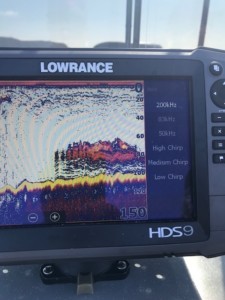
Know your electronics and how to read them. Reading the owner’s manual is a start, but you will learn how to read them better every day you use them on the water. When fishing deeper water, know how to change the fish finder to 50KHZ for a more accurate image and when in shallow water go to 200KHZ. Knowing how to read your electronics will catch you more fish. The only way to progress is time on the water looking at the fish finder. If you have a friend that understands electronics get on the boat with him. Key to learning is listening. Learning from someone that has done it for years will help you better understand images of fish from bait, or structure on the bottom. Take the time to learn.
Make sure your boat is topped off with fuel so there are no doubts when traveling longer distances. It is also important to know your miles per gallon and how it varies depending from one speed to another. Know your optimum running speed to maximize your mileage, especially running offshore. Think safety first. If extra gas is needed, take a couple 5 gallon cans or purchase a bladder for the boat, they are offered in a variety of sizes and shapes. Have an idea of the total trip distance and set your odometer on your gauge or electronics. Weather conditions can also influence your mileage on a trip, so make sure you have a surplus of fuel built into your plans as back up.
Tackle preparation is super important, so always be ready for the unexpected. Determine the targeted species, but also be aware of any other possibilities that you might encounter. Sounds rather vague, but one good example in Southern California is when targeting striped marlin or tuna offshore, always have a designated swordfish caster on the boat. Never know when you will find one, but the opportunity is definitely possible. No difference with any other species you might encounter in your area. This is the perfect example of prior planning for a successful outcome.

Check your drags on all reels so they are working smoothly and effectively. Look at your guides on your rod for any cracks or chips that might
damage or cut line. Check your line for wear and nicks. Discoloration in braid(see picture)and loss of smooth texture on line will show wear. If you think the line looks worn, take the first 5 to 10 yards off reel and check it again until you think it looks normal. Make sure all your connections are sound and tested. Cinch all your knots and trim tag ends.
The most important thing between you and the fish is going to be your line and the connections you tie line to line or hook to line. Make sure you do not over look this. Braid is expensive but to use line past its working potential is a sure way to lose fish. If you have two reels that carry similar line capacities I use to take the worn line and tie it to an empty reel same size and wind it on. This puts the worn line on the bottom of the spool and the newer line towards the bottom On the top of the spool. All you are doing is turning the line around using the newer line protected on bottom of spool. Not fishing that deep you can also take half of spool of line and change the line. No need to do the whole spool if you will not need it. Learned that trick from some freshwater bass pros using mono but works the same with braid.
Things to think about: Decide the size of your hook based on size of bait you are using. If it’s artificial baits, make sure you are matching the  hatch meaning fish lures that look like the prominent bait in the area at that time.
hatch meaning fish lures that look like the prominent bait in the area at that time.
Know your knots (click for Book) and fish heavy enough leader. Never fish lighter line until you have tried the heavier. 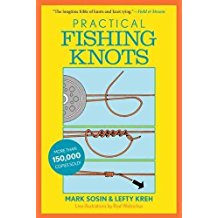 IF they are biting heavier line, stay with that. Increase your percentages to success by thinking about possible results. Have all the sizes you need of leader, hooks, sinkers, artificial baits, and make sure your knots are proven and cinched.
IF they are biting heavier line, stay with that. Increase your percentages to success by thinking about possible results. Have all the sizes you need of leader, hooks, sinkers, artificial baits, and make sure your knots are proven and cinched.
Fishing deeper water for table fare like reds or snappers, use the smallest size braid test you can get away with. Lures or baits with sinkers will deploy faster, getting to prospective spots quicker especially when fishing with wind or heavy current. When necessary, use heavier weights that will work with deeper depths and heavier current to get to the bottom faster. If you are fishing deeper water throw baits downwind so bait will sink to bottom as you drift and it will help you fish straight up and down for better feel.
If there is a lot of structure on the bottom, lift the lure or sinker regularly to walk it through snags, and never let too low of an angle with your line from the bottom to your tip of the rod. This will lead to snags and lost baits. Once you see angles, start to wind it up and throw the bait back downwind to start the process again.
Finding fish means getting in the right area, which if your homework is done prior, you can start looking where things have been happening recently per your research. Things to look for are birds working the area and bait balls that are separated into smaller groups may mean fish are actively feeding. Look for structure, good current, water temp, and even tidal flow that might keep bait pushing through which will result with gamefish. Time of day could be important as well as moon phase.( all mentioned prior but extremely important)
Prior planning for each fishing trip is very important. Doing your homework and the steps mentioned above will help you catch more fish and keep you safe. The tips mentioned in this blog have worked for us and we hope they help you.
Tight lines.
Team Accurate
 Custom Color Reels
Custom Color Reels



